Standards are Just a Beginning
Playground projects fail when the products within the playground fail, costing owners thousands of dollars they do not have. They are then faced with the hard choices of finding the money for replacement or running the risk of having an injury and inevitable lawsuit or an ADA complaint. The usual culprit is failure to understand and use standards appropriately at the time of specification, installation, inspection, and warranty compliance. Although all standards set minimum performance and generally protect manufacturers, some standards contain golden nuggets of protection for owners. The key is finding them.
In the United States, the two most widely used Standards are the American Society for Testing and Materials (ASTM) and the International Standards Organization (ISO). Most of us are familiar with those developed under the rules and procedures of ASTM International. Less familiar are the standards from the ISO. ISO has not written many standards specific to sports, athletics, play structures, or play and recreation surfaces, but has established guides such as Guide 50 and the TR20183 Technical Report on Definitions and Injury Thresholds that connect to this type of work. Interestingly ASTM standards are viewed as “industry standards” and therefore some consider them tainted, as being minimums as to what the industry is prepared to do rather than being in the interest of the user of a product or surfacing system. This is not necessarily the fault of the manufacturers working in a competitive world, but rather the failure on the part of users, specifiers, risk managers, and consumers to actively participate and advance their interests. ISO standards, on the other hand, are seen as being written by standards organizations with less vested interest in the outcomes and therefore might be more representative of consumer and user needs and injury prevention.
ASTM publishes standards on a consensus basis. An overview of these standards can be seen at http://www.astm.org/ABOUT/overview.html. On the face of it, there is a gathering of experts and interested parties for a particular subject matter, but the truth might not be as simple. Generally, each standards group is made up of a maximum of 50% manufacturers, with the remaining 50% made up of general interest, consumers, regulators, etc. Voting on new or changes to standards is by the whole group, and advancement initially requires 50% plus 1 vote.
Changes or improvements to standards can also force a significantly greater level of approval. First is the ballot voting process where as few as 10.1% of the voters voting negative on a ballot in a committee can cause a ballot to fail and kill or delay the change. The frustrating and problematic part of the ballot process is that a negative does not have to have technical merit. Statements such as, “This change is likely to hurt my business,” or “I don’t like it,” must be taken seriously and considered valid. Since negatives are generally dealt with during a face-to-face meeting with limited time, an overabundance of negatives will take a meeting beyond the time deadline. Other negative voters take to writing multi-paragraph statements with the problem that each paragraph requires meeting time. Effectively, when time runs out, the ballot dies as well. Unfortunately, this has become an overused tactic of those looking to stall or stop changes for the betterment of the injury protection of the user or the quality and durability of a product for the owner and user. If the sponsor of a standard is willing to persevere or accept changes, reducing the quality of the standard, it just might see the light of day. Then a standard or a change to an existing standard is published.
The democratic ASTM process has merit in gathering diverse knowledge and science, but what can go wrong with the ASTM open and democratic process? First, the bar of entry is very low, costing $75 per year, and no technical competency in the subject matter is required. Second, the manufacturers will have a vested financial interest in having a standard that does not increase cost or complicate manufacturing, and delivery of products nor increase their liability for negligence or warranties. Third, individuals or organizations that distribute, test, or install products may qualify as non-redundant voting interest, joining to form a voting block to advance an idea, or more likely, stop a change. The democratic process, although open and transparent, lends itself to the abuse of the filibuster. A block of 33% of the voters can usually defeat a change, particularly when negatives are dealt with at meetings that are often poorly attended. It is for this reason that ASTM has the option of working within the entire committee and subcommittee to get the balance and view of the whole group rather than just the few who have the time or financial resources to travel to meetings. This last option is rare because of the time required and the need to write lengthy rationales.
ISO operates on the international level works under the requirements of the World Trade Organization (WTO) and operates on the basis of country-to-country interaction. Under ISO, similar to ASTM, there are topic committees for products and services. Normally once a standard is written, it becomes the standard of use and adopted in all countries. The exception is that when there is a national standard that is more stringent, the national standard will take precedence. There are also cases where a sector is regulated or a standard is mandated by a government authority, such as compliance with ASTM F1292 on the accessible routes in the DOJ 2010 ADA Standards for Accessible Design. ISO is likely to remain outside the domain of sport and recreation surfaces as many international sports bodies around the world either have their own standards and regulations or refer to national standards. It would take a concerted effort on behalf of a number of nations to change this.
So why talk about ISO if there are no specific performance-based standards in play structures or play and sport surfacing? The presence in the world of the ISO documents mentioned above, Guide 50 and TR20183, lend the specifiers, owner/operators, and users considerable options to invoke international language that provides better protection in some instances than do the performance-based ASTM standards. Using a combination of the ISO and ASTM judiciously will be of tremendous help. The Technical Report from TC83 on Definitions and Injury Thresholds has as part of its scope the following:
There shall be the utmost safe construction, production, and maintenance covering a reasonable foreseeable misuse / intended use evaluated by the manufacturer. Any areas of risk have to be defined and precautions need to be taken. Nevertheless, the use of the equipment or activities with this equipment on sports or playgrounds will create a residual risk related to the individual user. This has to be evaluated by a risk assessment and reduced to an acceptable or tolerable risk of performance. The result of this evaluation may deviate by age and social grouping.
This ISO document goes on to discuss hazards, injury severity, and other factors involved in product and services and injury prevention. There is a clear responsibility on the part of the designer and manufacturer to fully understand their products and any hazards that might be presented to users. They should state that hazards are not apparent during anticipated or designed use, but hazards are apparent with reasonably foreseeable misuse and these hazards must be removed. This Technical Report will also act as guidance for standards writers in their deliberations and should result in more protective performance requirements. This document was written through international agreement with the goal of harmonizing language and scopes while leaving certain national standards such as playgrounds in place rather than moving to the ISO level. This would allow for the unique cultural aspects and injury concerns with regard to children’s play to remain within the national realm. This is good news for manufacturers and owner/operators as they remain in control of their own standards, provided they understand the technical requirements and how to take advantage depending on their needs.
Owner/operators need to understand that when they build a public-use playground they have certain specific obligations beyond building a fun, challenging space, whether using factory-manufactured or natural elements. Although budgets have a lot to do with choices, compliance for the life of the playground to the ADA, the CPSC Handbook on Public Playground Safety, ASTM F1292, F1951, and F1487, and in some cases, State Health and Safety Codes, and more stringent accessibility requirements do not consider a lack of budget. Sometimes it is owners who do not understand that playgrounds and protective surfacing are dynamic outdoor environments that, by their natures, will get worse rather than better over time. Installing the bare minimum of the standards invites failure, injury, and costly replacements or lawsuits.
For playground owners, referencing standards can help; however many standards have major inadequacies in the way they protect the supplier, but still hold the owner responsible. Examples of these are:
- ASTM F1292 section 4.4.2 states, “When an installed playground surface is tested in accordance with this section if the impact test scores at any tested location in the use zone of a play structure do not meet the performance criterion, bring the surface into compliance with the requirements of this specification or the play structure shall not be permitted to be used until the playground surface complies.”
This places the owner on notice that when a failure occurs the total cost and burden of repair or replacement is on them unless they have written a long-term, performance-based warranty into their contract.
- ASTM F1292 section 4.4.1 states, “When an installed playground surface is tested in accordance with the requirements of Sections 16 – 19 at the reference drop height, the surface performance parameters at every tested location in the use zone shall meet the performance criteria of this specification. The reference drop height shall be the greater of (1) the height specified by the owner/operator prior to purchase, (2) the critical fall height specified when the playground surface was installed, (3) the equipment fall height, or (4) the critical height of the surface at the time of installation.”
This states there are clear performance limits, but owners and their consultants can use this section to select higher drop heights than the fall height. This can include consideration of where a child might fall and stipulate a height based on a physical measure or by a description of a play component such as the tops of guardrails or barriers. This also is what makes the requirement of the CPSC handbook to test from the highest play component in the playground compliant with ASTM F1292. This section works very well with what most purchasers know as the IPEMA certificate. An owner may specify a certain IPEMA-certified surface and then perform the testing from that height. Failure to take advantage of this section only places the owner in jeopardy of premature failure.
- ASTM F1292 section 4.4.3 states, “The specifier is permitted to specify additional impact attenuation performance requirements, providing that such additional performance requirements are more stringent than the performance requirements of this specification.”
Since the standard requires that the performance of the surface shall never exceed 200g or 1000 HIC, it is foolish to allow the surface at the time of installation to just meet this requirement as a failure will be expensive, requiring repair or replacement. Interestingly it is the surfaces that cost the most that rarely can be repaired and will require replacement in whole or in part.
- ASTM F1487 section 7.1.1 states, “Accessible routes within a use zone shall conform to the performance requirements of Specifications F1292 and F1951.”
- ASTM F1487 section 9.1.1 states, “There shall be a use zone for each play structure which shall consist of obstacle-free surfacing that conforms to Specification F1292 appropriate for the fall height of the equipment.”
- ASTM F1487 section 11.2.2 states, “The owner/operator shall install protective surfacing within the use zone of each play structure in accordance with Specification F1292 appropriate for the fall height of each structure and Specification F1951 where applicable.”
- ASTM F1487 section 13.2.1 states, “The owner/operator shall maintain the protective surfacing within the use zone of each play structure in accordance with Specification F1292 appropriate for the fall height of each structure and Specification F1951 where applicable.”
Most playground owners have adopted compliance with ASTM F1487 as a matter of normal practice. They have likely even sent staff once or multiple times to take the CPSI course. Unfortunately, this training is not comprehensive on ASTM F1292 and is generally after the fact, with most practitioners learning what has likely gone wrong after the playground is installed. Many owners require that their contractors be certified CPSIs, but again, they rarely have any influence on the choice of surfacing or can change the decisions that have been made.
This begs the question, why are owners consultants, and landscape architects not required to be certified CPSIs or to have taken a course related to the performance of surfacing? These professions are the gatekeepers for injury prevention and preservers of the public purse, avoiding the need for a significant replacement or a loss in a lawsuit.
The success of a playground project is the work of many groups and professionals, but can only work with a collaborative effort or the acceptance of responsibility of all players. Remember that standards set the drop-dead minimum and when any part of the playground project fails, the entire playground fails. Then the owner will suffer considerable cost.

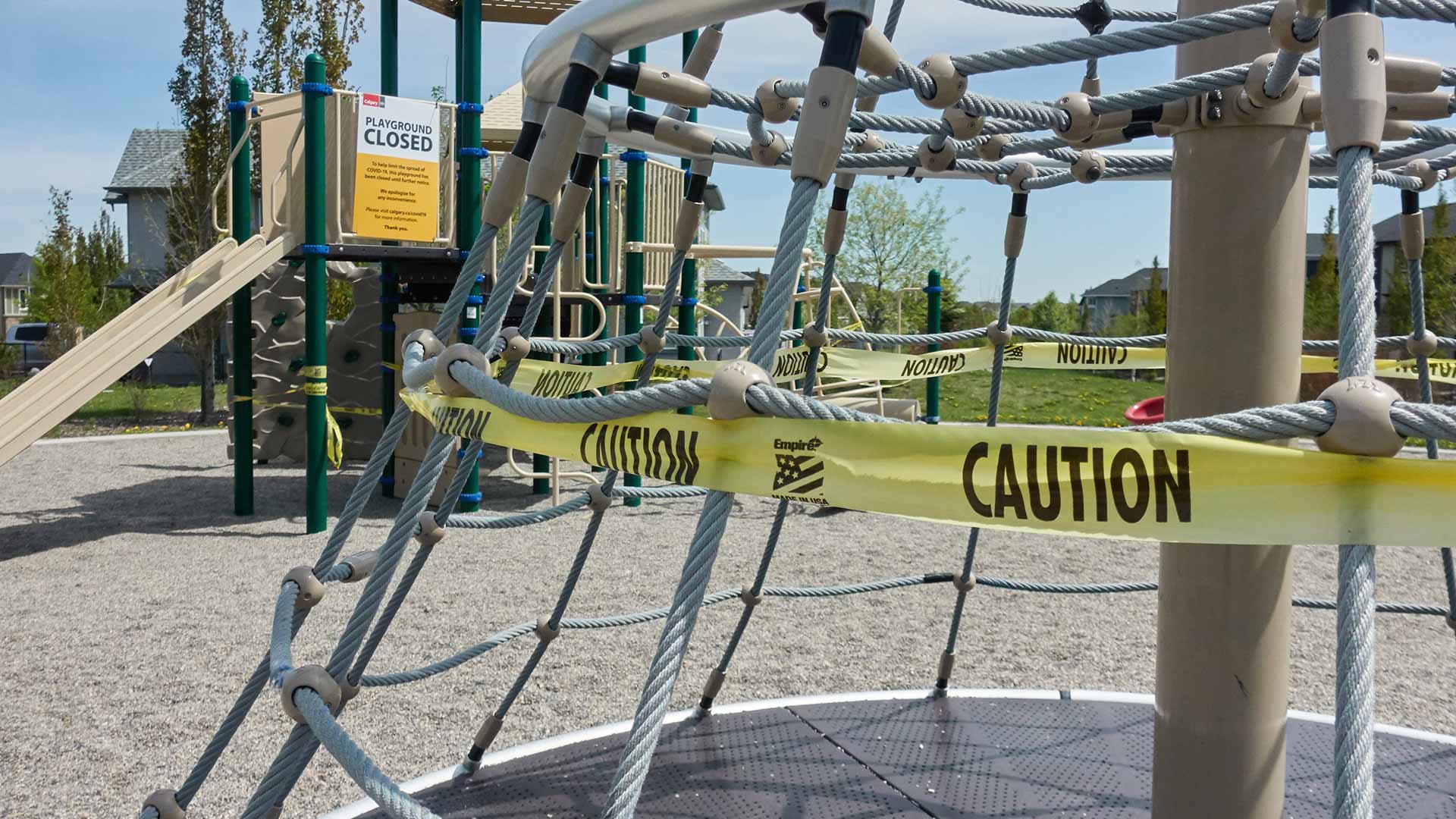

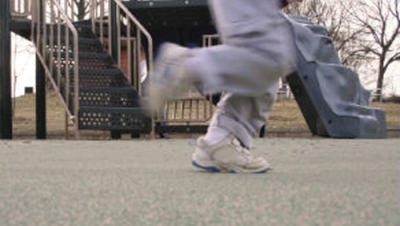
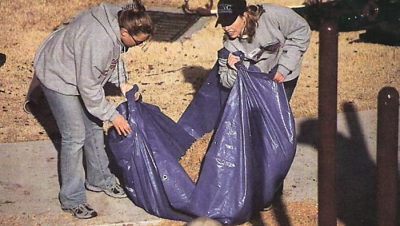
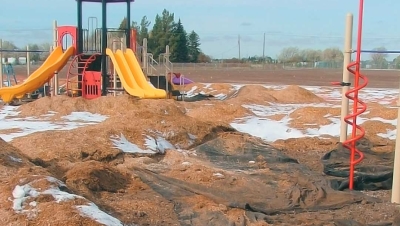




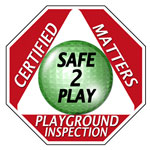
Add new comment